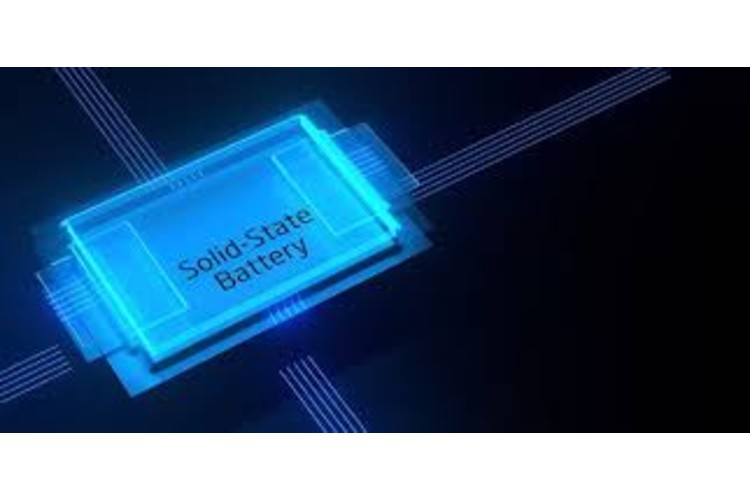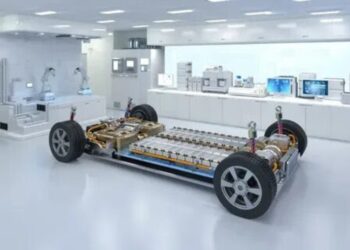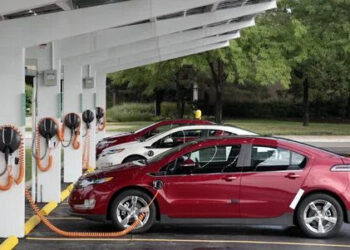WILMINGTON, DE, UNITED STATES – According to a new report published by Allied Market Research, the solid electrolyte market size was valued at $17.8 million in 2020, and is projected to reach $56.6 million by 2030, at a CAGR of 12.1% from 2021 to 2030.
A solid electrolyte is a type of electrolyte that is in a solid state, as opposed to traditional liquid or gel electrolytes used in batteries and other electrochemical devices. Solid electrolytes are crucial for the development of advanced energy storage systems, including solid-state batteries, which offer several advantages over conventional battery technologies.
North America solid electrolyte market is projected to grow at the highest CAGR of nearly 12.7%, in terms of revenue, during forecast period.
North America is expected to dominate the market, with most of the solid electrolyte demand coming from the U.S. and Canada.
The major companies profiled in Solid Electrolyte industry report include Ampcera Corp, Brightvolt, Inc., Cymbet Corporation, Empower Materials, lonic Materials Inc., NEI Corporation, Ohara lnc., StmicroElectronics N.V., Toshima Manufacturing Co. Ltd., and Toyota Motor Corporation.
Based on application, the solid electrolyte market is divided into thin-film battery and electric vehicle battery. Multiple factors, such as government regulations in various regions of the world and technology developments in batteries, are expected to boost the EV market.
Increase in application of solid state batteries in the healthcare, wearable, and drone sectors is one of the major factors responsible for the growth of the global solid state batteries market.
Surge in need for solid state batteries in electric vehicles plays an important role in escalating the market growth.
By type, the solid electrolyte market is divided into ceramic and solid polymer. Solid polymer electrolyte (SPE) has tremendous advantage over other technologies since polymeric backbone of SPE offers mechanical flexibility needed for such batteries.
By type, the solid polymer segment accounted for the largest solid electrolyte market share in 2020.
By application, the electric vehicle battery segment garnered the largest market share in 2020.
Applications
Solid-State Batteries: Solid electrolytes are a key component in the development of solid-state batteries, which are seen as a next-generation energy storage solution for electric vehicles (EVs) and portable electronics.
Fuel Cells: They can also be used in solid oxide fuel cells (SOFCs), which convert chemical energy into electrical energy with high efficiency.
Supercapacitors: Some solid electrolytes are being explored for use in supercapacitors, which require materials with high ionic conductivity and stability.
Impact of COVID-19 on the solid electrolyte market
Some of the major economies suffering from the COVID-19 crisis include Germany, France, Italy, Spain, the UK, Norway, and others. Many industries have been shut down due to lack of raw material availability and disruptions in the supply chain, owing to the virus outbreak. The worldwide lockdown has suspended industrial activities, which results in decline in demand for solid electrolytes.
Manufacture of oil & gas and other products across the globe came to a halt due to unavailability of raw materials, shortage of labor, and others. This is expected to hamper the solid electrolyte market growth.
Gaps in demand-supply, price volatility, and change in government policy are expected to affect the growth of various end-use industries. In terms of its immediate and long-term effect on solid electrolyte industry and consumers, the COVID-19 pandemic has outpaced any headwind ever encountered.
The world economy of solid electrolyte industries has been experiencing rapid slowdown due to constraints of the COVID-19 pandemic on economic activity. However, the market is projected to witness strong growth in the next couple of years as situation continues to ease in North America and Asia-Pacific.
Solid electrolytes are safer, more stable, and have higher energy densities as compared to conventional Li-ion batteries with liquid electrolytes. They are used in a wide range of applications, including consumer electronics, electric vehicle, energy harvesting, medical devices, smart cards, and wireless communication.













